The Gray Market
Auctioneers Are Gatecrashing the Primary Market. But That Might Not Be a Terrible Thing
Our columnist wades into the controversy over auctioneers' primary-market sales series to see who's really gone too deep.
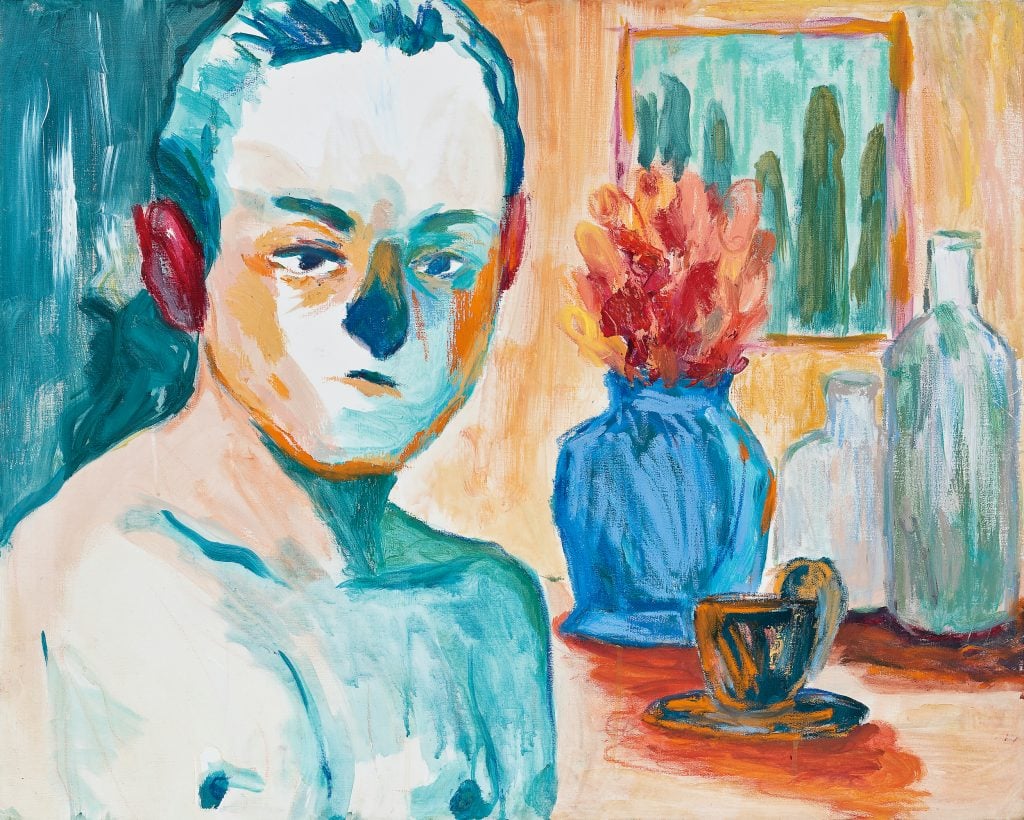
Our columnist wades into the controversy over auctioneers' primary-market sales series to see who's really gone too deep.

Every Wednesday morning, Artnet News brings you The Gray Market. The column decodes important stories from the previous week—and offers unparalleled insight into the inner workings of the art industry in the process.
This week, expanding the frame of reference…
Remember the old days, when auctions were a resale channel and only a resale channel? While I think that memory is already more quaint than many observers will admit (especially if you consider NFTs), the past month has seen not one but three separate forays into the primary market by established Western auctioneers: Sotheby’s, Christie’s, and Simon de Pury’s namesake online platform. All three have caused some amount of consternation among industry insiders, particularly members of the gallery sector who already feel under siege from bigger beasts on both the buy and sell sides.
But are these initiatives actually the unholy threat that some market classicists see them as? Is each of them even as similar as they’re being made out to be? And either way, would their ethical and business impact look the same if viewed through a global prism instead of just a regional one? My answer to all three questions is no, and the reasons why underscore some overlooked but vital dynamics of the 21st century global art trade.
First, the basics. The most talked-about member of the trio (at least here in New York) has been Artist’s Choice, a new primary-market sales channel from Sotheby’s that will launch as a part of the house’s “Contemporary Curated” sale in New York on September 30. Each of the seven lots has been consigned jointly from the artist and their gallery, who together retain all but 7.5 percent of the hammer price. That 7.5 percent is then matched by Sotheby’s from out of the buyer’s premium, with the combined 15 percent going to a cause or organization designated by the artist. Participating artists and galleries include Kevin Beasley (repped by Casey Kaplan), Atsushi Kaga (Mother’s Tankstation), and Kennedy Yanko (Jeffrey Deitch).
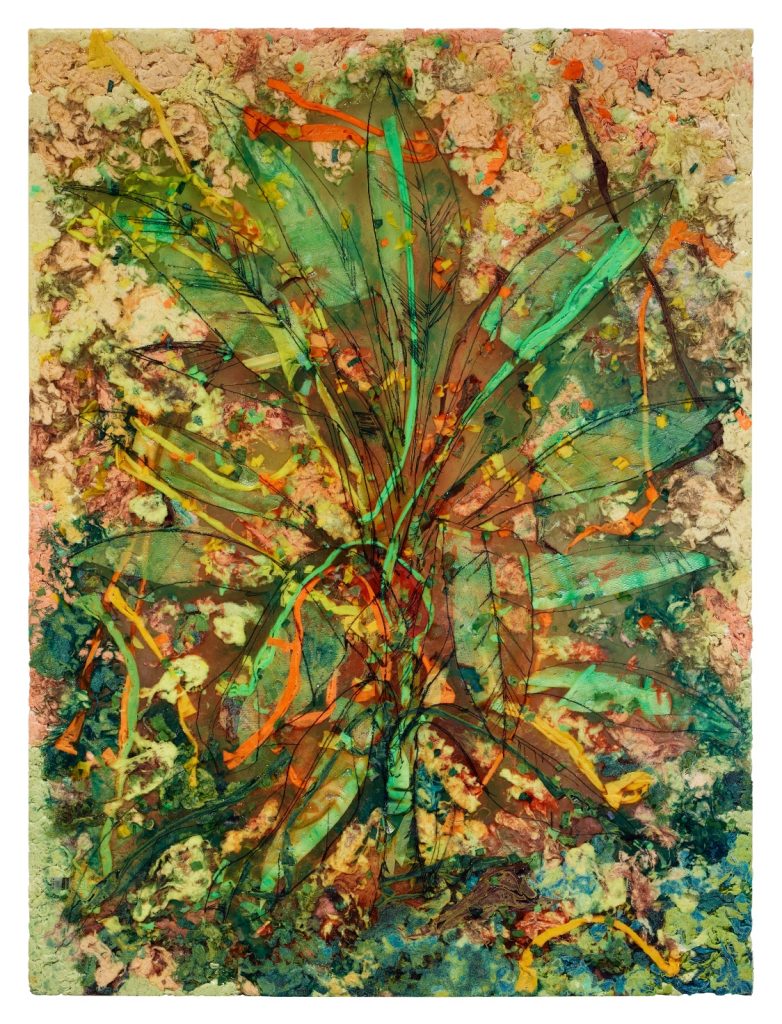
Kevin Beasley, The Red Banana Tree (Forstall) (2022) is one of the inaugural works included in the Artist’s Choice initiative at the Contemporary Curated sale at Sotheby’s New York on September 30.
Artist’s Choice follows on the heels of de Pury’s “Women: Art in Times of Chaos,” the opening salvo in an ongoing campaign of themed auctions of works consigned (you guessed it) directly from artists and their galleries. “Women,” which took place on August 25, raked in $800,000 from 16 lots by the likes of Claudia Comte, Minjung Kim, and Genieve Figgis. For each lot, 100 percent of the hammer price went to the artist and gallery, and an 18 percent buyer’s premium went to de Pury—with three percent of the platform’s take funneled to the international women’s rights nonprofit U.N. Women.
Finally, last week, Christie’s announced it would offer six works consigned from Black-owned, Baltimore-based Galerie Myrtis as a part of its “Postwar to the Present” auction on September 29. The lots will all come from contemporary Black artists working with Afro-futurist themes. (Questions to Christie’s about the split of sales proceeds, the existence of a charitable-giving component, and whether similar primary-market sales are being considered in the future went unanswered by publication time.)
Even at this basic level, it’s easy to see some of the differences between these initiatives. De Pury’s was a standalone sale, whereas Sotheby’s and Christie’s are wrapping theirs into larger recurring auctions. De Pury and Sotheby’s partnered with multiple galleries; Christie’s, just one. Only de Pury’s and Sotheby’s projects guarantee that a portion of the sale proceeds goes to a good cause, yet the size of the percentage, which side of the transaction it comes from, and the optionality around its destination all differ.
Some of these differences are more consequential than others. But they all look like minutiae when compared to an older, less known, and more radical counterpart in East Asia: the Zero Base sales series from Seoul Auction, which explodes the Western establishment’s discourse about auctioneers’ role in the primary market.
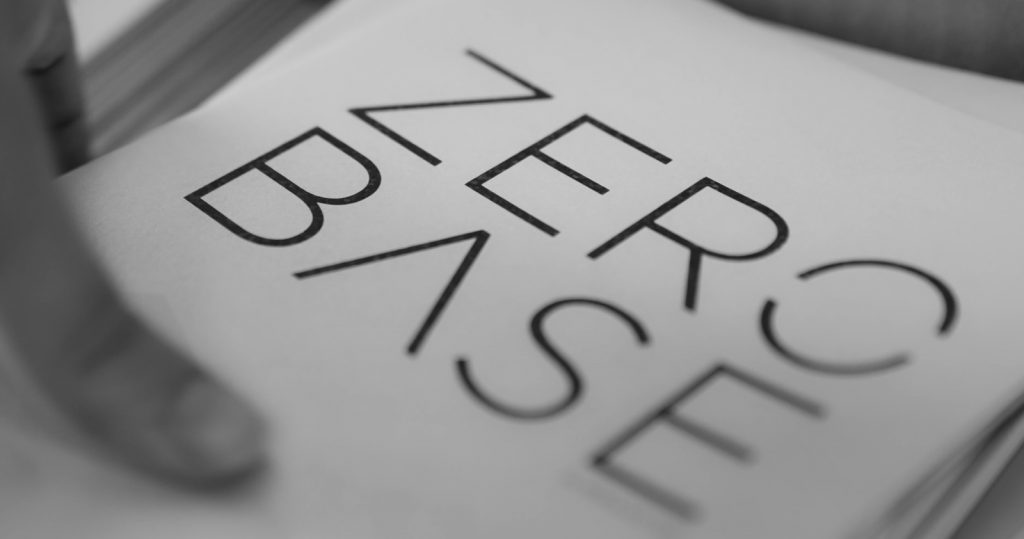
A leaflet for the Zero Base sales series. Courtesy of Zero Base and Seoul Auction.
Launched in November 2019, Zero Base is a dedicated sale series in which Seoul Auction sources work directly from Korean artists—the vast majority of them without gallery representation—and offers many at a starting bid of zero South Korean won (KRW), with no reserve price. Based on past sales, this means bidders could theoretically win any of several Zero Base lots for an opening bid of KRW20,000 (about $14) or less.
To date, the house has held nearly 30 Zero Base auctions featuring works by more than 140 artists and achieving a 100 percent sell-through rate, per Seoul Auction. (The house declined to confirm how proceeds are split, saying only that “a range of plans” is used.) The series is an overwhelmingly Korean affair on the bidding side, too; the ratio of Korean buyers to international buyers is currently nine-to-one, according to a Zero Base spokesperson. Officials plan to begin gradually introducing rising artists from Japan, Hong Kong, Taiwan, and other Asian nations soon.
The latest auction in the series (which closed shortly after this column was filed) suggests that Zero Base is not quite as aggressive as the previous paragraphs made it sound. Of the 107 works offered, only 11 actually had a starting price of KRW0. The lot carrying the highest presale estimate was Kim Chong Hak’s gold school (1937), which was expected to bring KRW100 million to KRW180 million (about $72,000 to $130,000). There were plenty of estimate ranges, required opening bids, and even a few internationally recognized names in between those poles, too, including prints by David Hockney, Lee Ufan, and Park Seo-Bo.
Zero Base takes its name from so-called zero-based budgeting, an accounting concept in which each month’s expenses must be analyzed and justified anew, regardless of how they compare to past precedent. Similarly, the Zero Base brand “seeks to approach the evaluation standards for artists and artworks from a new perspective,” according to a document provided by Seoul Auction.
The spokesperson said that Korean galleries “frequently come to recognize certain artists through Zero Base and subsequently work with them.” Others catapult from anonymity to healthy resale markets. As an example, the spokesperson cited Qwaya, a painter said to have developed a “solid base” of collectors through Zero Base after primarily working as an illustrator and designer of K-Pop album covers. His first work sold for KRW250,000 ( $179) in December 2019. Since that time, his prices have risen by roughly 24X in online and offline auctions alike. This summer, a Qwaya canvas from 2021 sold for KRW 6.2 million ($4,446) on Blacklot, Seoul Auction’s e-commerce resale platform for select Zero Base works, as well as collectibles like jewelry, rare books, and toys.
Seoul Auction has collaborated on Zero Base sales with such corporate clients as DKNY, Club Monaco, and Korean department-store colossus Shinsegae. The last of these partnerships was especially robust. It included a sale in Seoul Auction’s Gangnam Center site and exhibitions in Shinsegae’s four dedicated galleries; a “digital gallery” operated inside Shinsegae’s mobile app; and a collection of NFTs minted from the physical works.
You might also be surprised to learn that Zero Base now operates in partnership with three provincial Korean cultural bodies (the Jeollanam-do Cultural Foundation, the GyeongGi Cultural Foundation, and the Gangwon Art and Culture Foundation) to identify and integrate artistic talent from their local areas into Zero Base sales. In general, the foundations make initial recommendations before Seoul Auction’s sales team refines the list, according to the spokesperson.
Just don’t assume that all this apparent success, enthusiasm, and cooperation means that Zero Base has no opponents inside South Korea. More importantly, criticism of the initiative offers the clearest window onto the stakes of the primary-market initiatives at Sotheby’s, Christie’s, and de Pury.
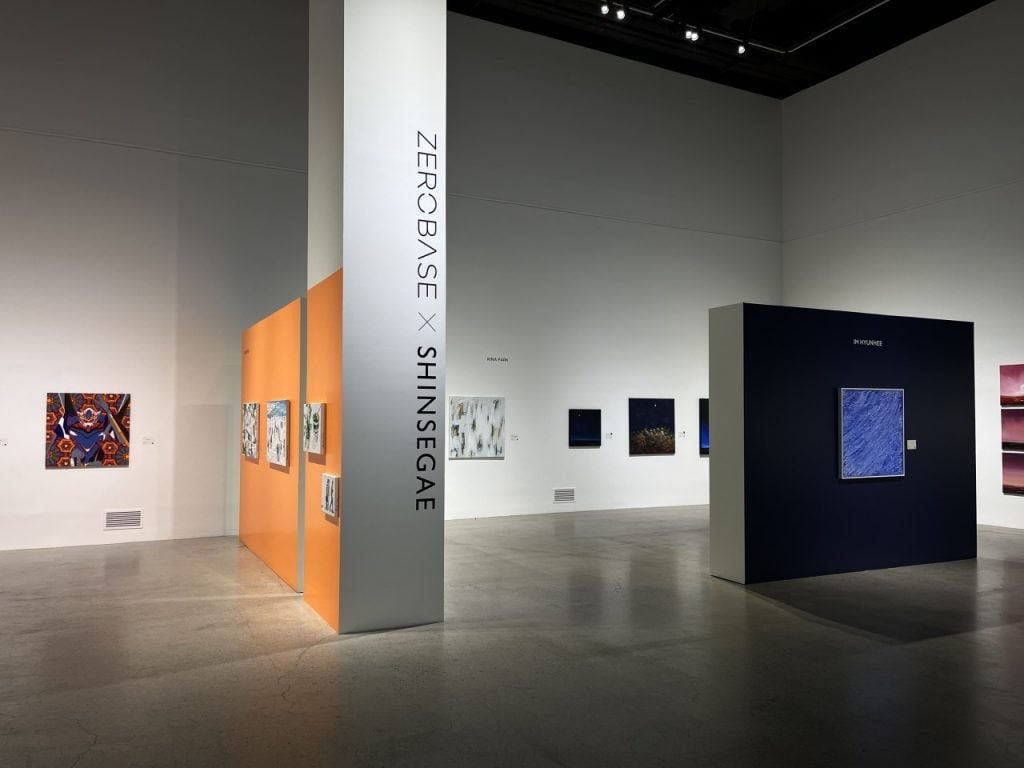
Installation view of “The Edit,” a Zero Base sale in partnership with Shinsegae department store. Courtesy of Zero Base and Seoul Auction.
Close watchers of the Korean art business may remember news of a “turf war” between the two main homegrown South Korean auction houses, Seoul Auction and K Auction, and the Galleries Association of Korea (which organizes KIAF and partners with Frieze on Frieze Seoul). The two central beefs? The houses’ perceived intrusion into the primary market, and their growing volume of major sales. Tensions rose so high that the Galleries Association of Korea made the unusual move of staging its own auction accessible only to members and their invited guests as a way to reinforce how chaotic the market can become when different sectors refuse to cooperate.
Late last month, Do Hyung-teh, vice-president of the Galleries Association of Korea, said that his organization and the auction houses were “in an ongoing conversation” about reducing the number of big-ticket auctions and managing the “quality of each sale” to maintain a healthy coexistence between the primary and secondary markets. When I followed up with both Seoul Auction and the Galleries Association to ask about how the Zero Base sales were impacting the relationship, I got back two opposing replies about how the “ongoing conversation” was proceeding.
The statement from the Zero Base team was conciliatory and optimistic. “Instead of being a cause for conflict, Zero Base and the galleries are in a win-win situation, in which we expect inspirational growth and development in the future,” it read in part. The statement also emphasized that the two sides were working on finalizing a resolution while respecting each other’s business areas “to the fullest.”
The response from the Galleries Association of Korea portrayed the situation differently. The statement opened by stressing that “the role of discovering and fostering young artists” in the primary market is the responsibility of galleries. It then stated that the Zero Base sales “threaten the time for young artists to receive proper evaluation and grow,” citing “cases where artists are thrown into the market without time to solidify themselves”—all of which “brought about concerns that the current balance of the art market might break.”
The association’s statement went on to allege that the Korean auction houses “obscure the order of this art ecosystem” at a time where “world-class auction houses” and “one of the world’s largest art fairs” are taking a serious interest in the bustling Korean market. In light of all this, it proposed, “perhaps it is the moment to consider the long-term perspective rather than the reckless auctions for one-off profits.”
And yet, what strikes me most about these words from the Galleries Association of Korea is that their fiery tone is basically identical to the one multiple international dealers have communicated to me in the past two weeks about Sotheby’s Artist’s Choice (which I’ll center from here on out to match the market’s outsize reaction). This equivalent reaction is happening even though Zero Base pierces much, much deeper into traditional primary-market territory than Artist’s Choice.
In fact, the shared ire is even more noteworthy because the two initiatives are actually offering two different solutions to the problem of overabundant demand in the auction sector. Zero Base is structured to supply more work by unknown, unrepresented artists that the market might want; Artist’s Choice is structured to supply more work by known-quantity, represented artists that the market already does want. But in the case of Artist’s Choice, the reactions I’ve seen so far tend to misunderstand the nature of the bottleneck.
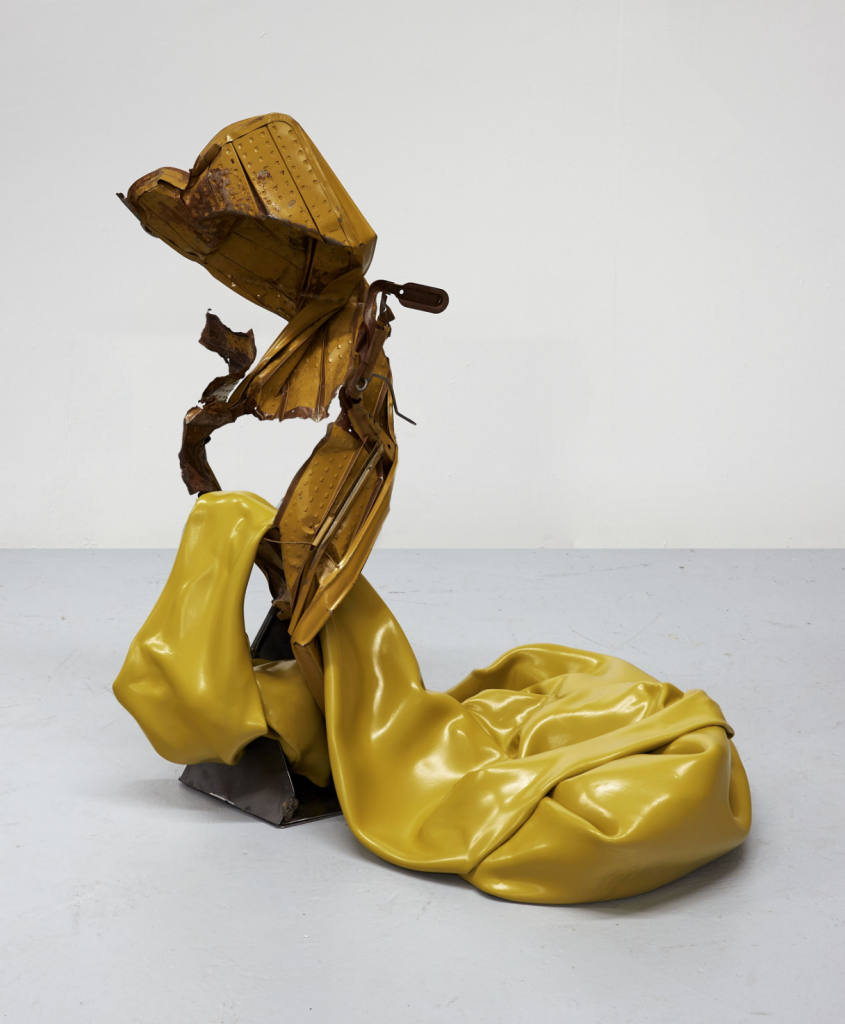
Kennedy Yanko, Subsection (2020). Photograph by Martin Parsekian. Courtesy of the artist.
One of the prevailing sentiments about Artist’s Choice from the commentariat is that its value is limited because very few artists stoke enough demand to win themselves and their dealers a career-changing windfall. Which is true. No one knows it better than Noah Horowitz, Sotheby’s worldwide head of gallery and private-dealer services (and mastermind of Artist’s Choice).
“As demand for contemporary art has continued to escalate, a wedge between primary and secondary market prices for the most sought after artists has opened up,” he told me Tuesday.
We can all see this wedge in the auction data for the latest crop of blazing stars under the hammer. But what is being overlooked by most observers is that the wedge slides both ways. It doesn’t just create tension when secondary prices are more visible than primary prices; it also creates tension when secondary prices aren’t visible enough.
During my years in the gallery sector, this latter tension was one of the most consistent obstacles to convincing collectors with a baseline degree of competency to acquire works by midcareer and overlooked veteran artists. I cannot tell you how many times my former colleagues and I were confronted with some variation of, “Why on earth would I buy this new painting you’re offering me for $40,000 when the artist only has four auction results since 2002, and none of them is for more than $18,000?” (I can, however, tell you that offering a standard 10 percent discount in response rarely gets you anywhere useful.)
This is the unadvertised downside of dealers tightly managing their artists’ resale markets: without an all-seeing eye, a sizable war chest, and a time machine, it’s usually impossible to ensure that none of an artist’s works ever hits the auction block, especially if their career preceded the dealer’s involvement. Which means galleries are put in the position of trying to explain legitimate nuances in the secondary market even as the incentives compel buyers to process those nuances as bullshit.
In other words: When their bargaining power is at stake, collectors tend not to care much if you tell them that one of those four underperforming auction works was in poor condition (you even have the condition report on file!), two of them were early works with almost no relation to how the artist’s practice has developed since, and the last one was dumped at a second-rate auction house in the midst of a recession. Many, if not most, buyers would rather walk away than pay a primary price higher than what the auction data says they should, even when the data is flawed.
What about if a dealer somehow does manage to be a flawless goalie? Then their supposed success creates its own challenge. How do you justify a primary price to a data-conscious buyer when an artist has literally no trustworthy market data for them to reference?
Artist’s Choice may not be a perfect solution to this problem, but it could help by virtue of aligning the incentives of the auction house, the gallery, and the artist. “The win-win ethos at its core empowers artists and galleries to lean into auction by selecting the right work at the right time on their own terms,” said Horowitz. Which also means that the artists are “actively involved with how their work will be represented at auction, rather than responding to these dynamics reactively as is usually the case.”
In this sense, the optimal outcome for Artist’s Choice lots would be if they were bought for either within their estimate ranges or modestly above them. Higher than that, and the wedge creates serious speculative pressure. Lower than that, and the wedge creates serious “Why would I overpay for primary?” pressure.
Will it work? Either way, it will be a fascinating trial to watch, especially since I suspect there will be at least as many people hoping the initiative crashes and burns as finds its wings. No matter which side you’re on, though, keep in mind that, as more and more of the old boundaries fade away from the art market, someone else will always be willing to go even further.
That’s all for this edition. FYI, the Gray Market will be on hiatus next week. ‘Til next time, remember: it wouldn’t be an experiment if we already knew the outcome.